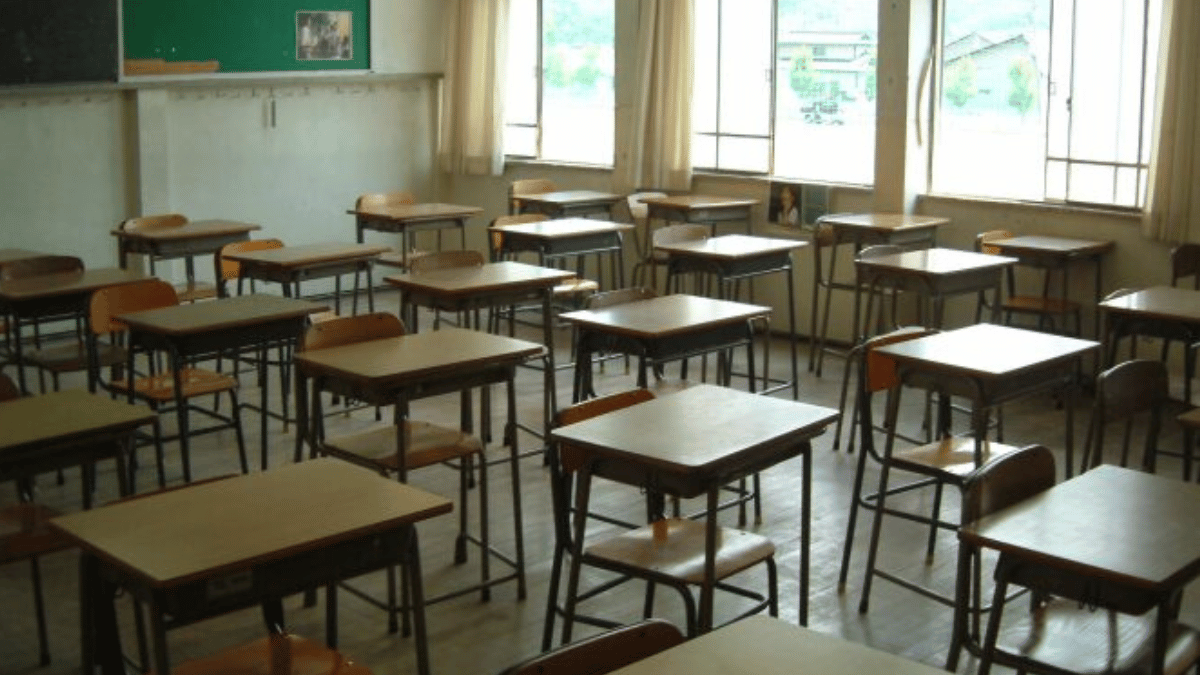The West Virginia Board of Education declared a state of emergency in Mingo County Schools at their monthly meeting Wednesday.
Alexandra Criner, director of the Office of Accountability for the West Virginia Department of Education, said her office has received and responded to a plethora of calls, emails and letters dating back to 2022 relating to Mingo County Schools.
“The review is ongoing, but we were asked to provide an update to this board today on the findings,” she said. “Thus far to date, we have interviewed most of the central office staff and all five board members. We’ve also reviewed board meeting agendas, minutes and recordings, and we’ve received calls from various stakeholders in Mingo County.” Criner said.
Criner said a pattern has already emerged.
“When taken as a whole, this pattern of complaints and infighting amongst the adults paints a picture of a school system and most importantly, the children within that system, caught in a political crossfire,” she said. “The progress that has been made in academic achievement and the hard work of the students and staff have been overshadowed.”
Board member Paul Hardesty noted that this is now the third time Mingo County Schools has been placed under state control since 1998.
“And the reason they took over, there’s a consistent theme, and all of that lies in number four of the superintendent’s recommendations, ‘that the Mingo County Board of Education failed to act on a statutory obligation which interrupted the day-to-day operations of the school system,’” he said. “That is a constant recurring fact in each of the takeovers of Mingo County Schools.”
The action comes just one month after the board declared a state of emergency for Pocahontas County Schools, and makes Mingo the sixth county to be taken over by the state in less than three years.
As part of the intervention, the board approved a request from Michele Blatt, the state superintendent, to remove the current county superintendent by June 30. Blatt will appoint a new superintendent for the district.
Other Business
Ahead of the administration of West Virginia General Summative Assessments this spring, the board also heard about the state’s new ‘View My Assessment’ portal. Vaughn Rhudy, director of the Office of Assessment for the West Virginia Department of Education, said students and parents previously had to wait until the fall to receive standardized test results in the mail.
“I’m pleased to announce that things will be different this spring,” Rhudy said. “For the West Virginia Summative Assessment in grades three through eight, shortly after students complete a content area test, the students and their parents will be able to log into an online portal and view their results. In fact, in most cases, the scores will appear the next day.”
Rhudy said families will not be able to see averages on the same timeline, but will also be able to see those numbers sooner than before.
“We don’t want to put that out right now, because that’s being suppressed until like June 30,” Rhudy said. “That’s going to constantly change as students complete the test, over the year, over the state, at different times that that information is going to change. And we don’t want that to be misleading.”
Board member Debra Sullivan asked how families without a computer could access test results from a portal. Rhudy said the portal can be accessed from any device with internet access, but test results will still be sent home via mail as before.
Blatt also took time to acknowledge the hard work of districts affected by flooding last month. She reported that Mingo and McDowell counties returned all schools to their traditional school schedules Tuesday.
The WVDE reports that staff supported these counties by providing guidance to ensure students and families were fed and had access to essential supports, as well as sending delegations to the counties to deliver goods and work in the relief shelters.
The next regularly scheduled WVBE meeting is 10 a.m., Wednesday, April 9, 2025, in Building 6, Suite 600, 1900 Kanawha Boulevard, East, Charleston, West Virginia.
